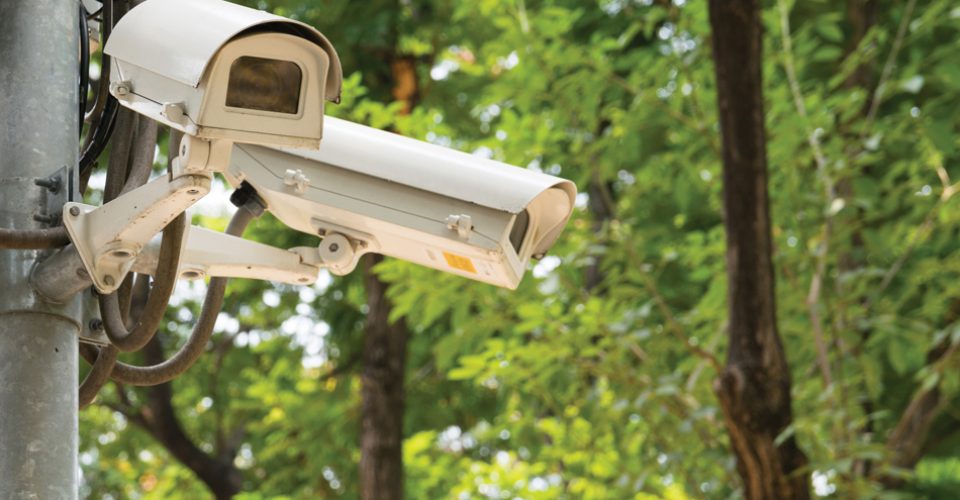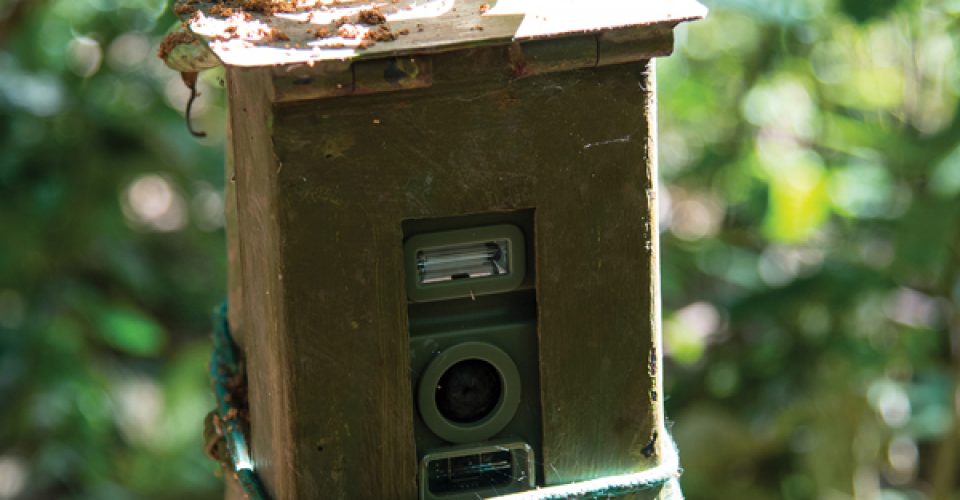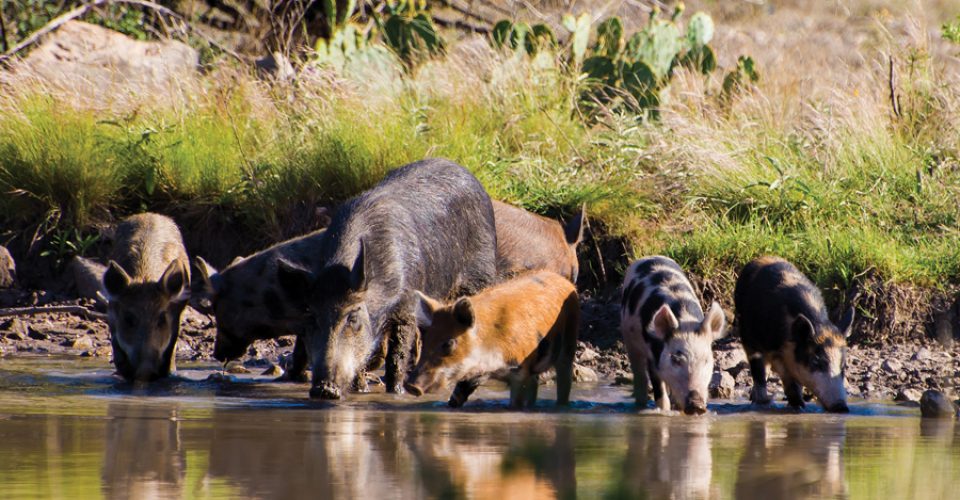Setting Up Remote Surveillance Cameras
By Kristin Lewis Hawkins
There’s plenty to keep track of on a farm or ranch, both in regard to safety and just keeping the workday going. And since you can’t be everywhere at once, today’s technology can be a big help to do that job for you. From remote game cameras to an entire wireless network, ranch and farm surveillance has come a long way in a short time.
Make it work for you
As the saying goes: work smarter, not harder! If you find a lot of your time is spent getting to a remote location just to take a look at something and turn around, this could be a job for a simple camera. Wondering if that tank on the south pasture is getting low? Curious about who is coming in and out of the gate? Safety and security may be good enough reasons to want to monitor tanks, gates or feeders, but it could also be simple curiosity and saving wear and tear on your vehicles.
A battery-operated game camera can be installed at a tank or gate that will notify you via text message on your Smartphone or email when movement is detected. Many game cameras can operate in all weather and at night using infrared technology to illuminate the surrounding area without alerting animals or people. Some technologies use thermal imaging instead of motion sensing so the camera is not triggered by the movement of trees or other small objects.
Some cameras store a series of pictures or short video taken over a period of time or as movement is detected. When the camera is retrieved or accessed in the field, the pictures are downloaded onto a laptop or other device for viewing.
Many cameras now operate on a cellular network and store the pictures on the internet. So when the camera is activated, you get a notification and can access the photos on the web, via Smartphone app or have a picture sent directly to your email.
What’s the best system for me?
To know what type of system you may need, first you’ll need to decide what you’ll use it for and where it is going. Is this for safety? Monitoring wildlife or feeders? Will you want to be notified of activity or will it be necessary to see something on demand or at a certain day or hour?
If you decide a simple game camera will do, there are relatively inexpensive options at your local hunting and fishing or outdoor gear store. They only require a few batteries and come with complete instructions on how to set up and use.
Wireless trail and game cameras operate on a cellular network and are more expensive, but offer immediate notification using apps downloaded to your Smartphone or text notification. Depending on the model, short high-resolution video with sound and the ability to change settings remotely can be options. Some wireless cameras require the user to secure a data plan through a mobile carrier.
Other complete wired or wireless systems and kits with multiple all-weather cameras are available for purchase from a variety of companies on the internet or from electronic specialty stores. If you’re uncomfortable setting up a system on your own, it could be worth your time to consult a company or service that specializes in farm or ranch surveillance systems.
Surveillance & monitoring
For game and trail cameras, the information is stored on small digital cards or on the camera’s hard drive, which is accessed using your computer or other card-reading device. Wireless and cellular-based cameras can be on the cloud (stored in a remote location on the internet) or accessed using internet access or a special Smartphone or tablet app the company provides.
Other systems offer the user a live video feed from a fixed camera at a barn or other remote location. Some of these operate on a wireless closed-network system that is broadcasted within a certain distance. Keep an eye on foaling stalls or calving pens live from a computer, phone or tablet at the house.
If you simply want to know if someone is coming down a road or has opened a gate, some systems can alert with a chime when a vehicle passes by the sensors. These systems can operate within a set distance from the sensor and can be powered by battery, electricity or solar array.
There’s a system for everyone
Your ability to set up a surveillance or monitoring system on your ranch, hunting lease or farm is only limited by your need to know and your pocketbook. Big or small, the technology has advanced enough to offer everyone the system they need. With a bit of research and planning, you really can be everywhere at once. ❚
“Remote Surveillance” is excerpted from the March 2017 issue of The Cattleman magazine.



